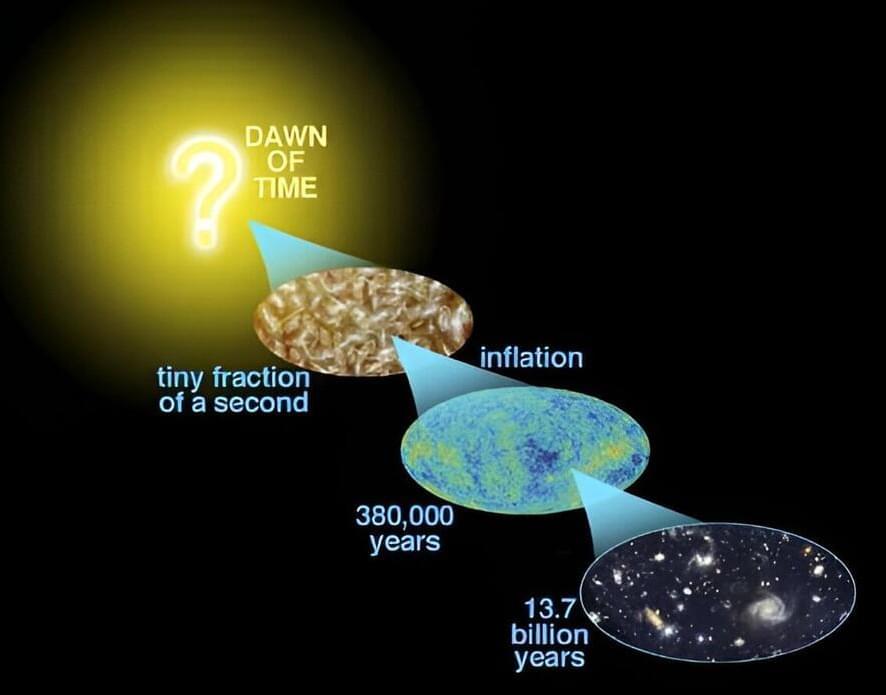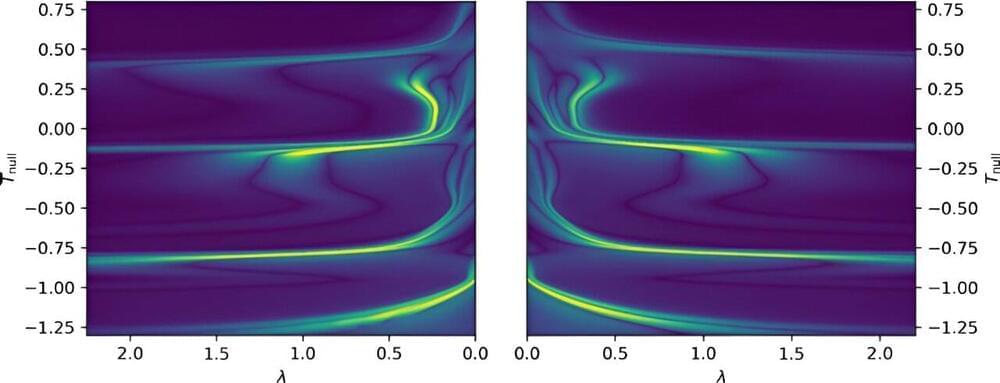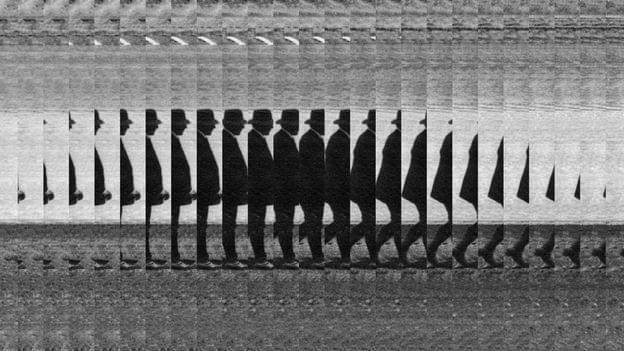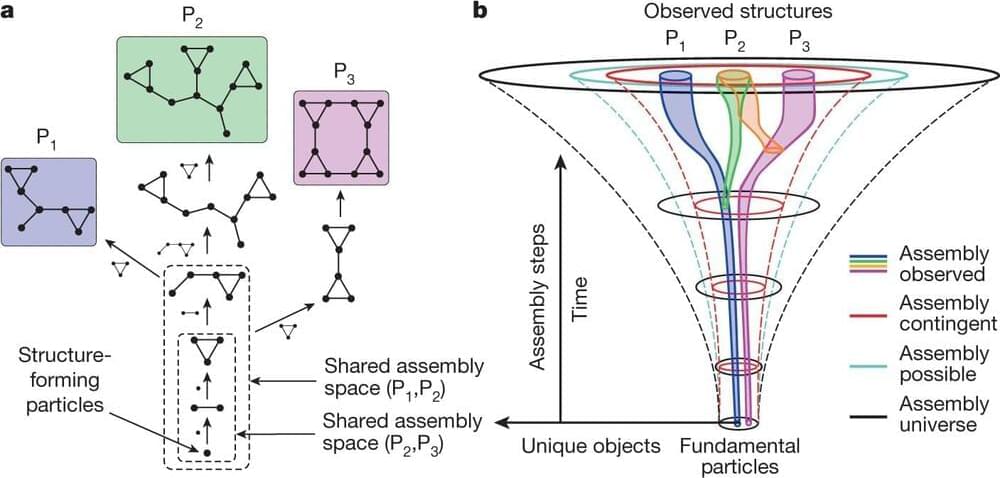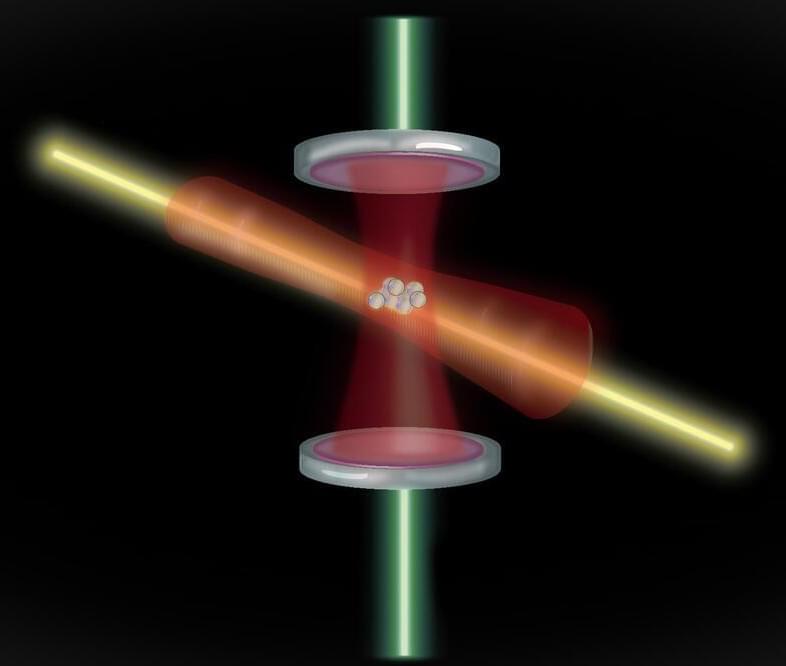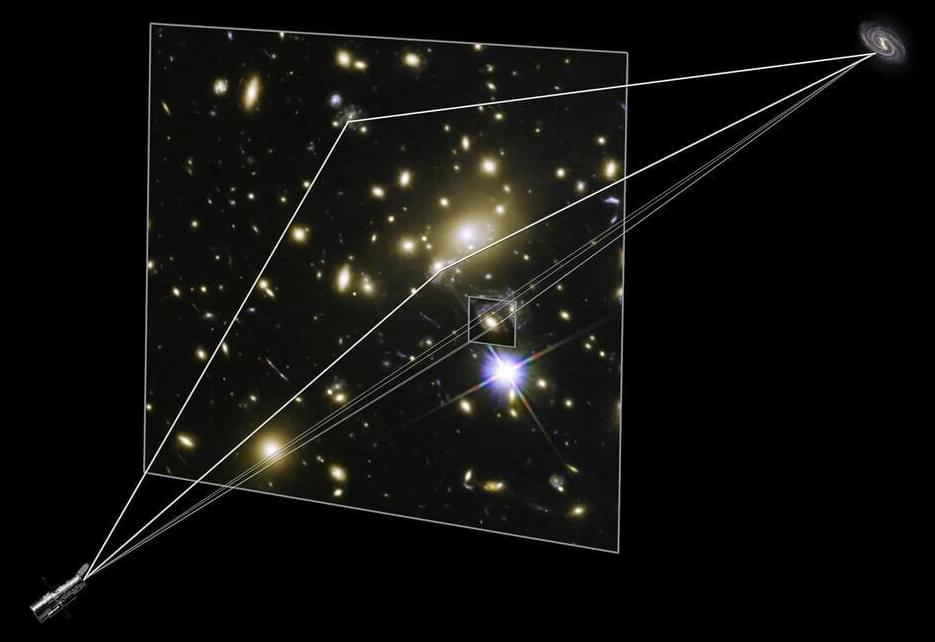In the very early universe, physics were weird. A process known as inflation, during which the universe went from a single infinitesimal point to everything we see today, was one such instance of those weird physics. Now, scientists from the Chinese Academy of Science have sifted through 15 years of pulsar timing data in order to put some constraints on what physics looks like.
The 15 years of data come from the North American Nanohertz Observatory for Gravitational Waves or NANOGrav’s goal is to use an unconventional way to detect gravitational waves —by looking at pulsars. These fast-spinning objects are commonly used as “clocks” in astronomical terms.
Back in 1983, a pair of astronomers (Ronald Hellings and George Downs) developed a method by which astronomers could use an array of these pulsars to check for shifts that gravitational waves might cause.
